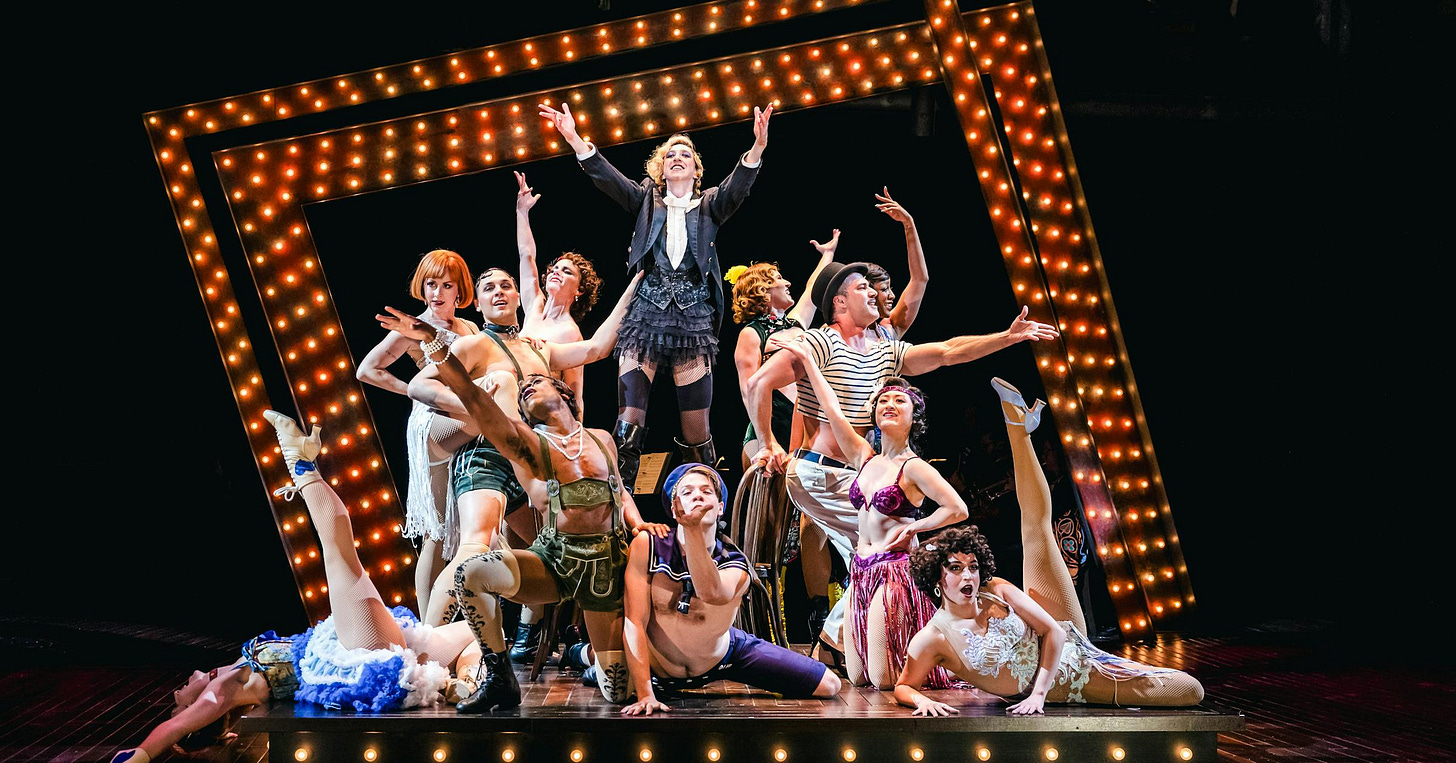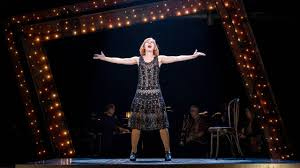Art in all its many forms—literary, theatrical, musical, physical (sculpture, etc.), dance, and painting, etc.--must be controlled in a dictatorship. If you look at the major dictatorships of the 20th century, Nazi Germany, Communist Russia, and Communist China, each used their own unique way of stifling free creative expression and bending art to their will. The arbitrariness of their rules was something they all shared in common. They also controlled education in a big way, not only at the university level but beginning at pre-school. Children learned only what the dictator and the totalitarian system wanted them to learn to make them “good citizens.” Artists lived on a razor’s edge, often producing both regime-acceptable works and their own works shared in the underground (in the USSR, it was called “Samizdat” for literary works). Ordinary citizens are fed an almost constant stream of propaganda extolling the regime via state-controlled media and state-controlled art. Dictators know that art is dangerous to their power and their regimes.
My thoughts this past week have swirled around the Republicans’ efforts to take over American higher education as well as controlling what children are taught in elementary school, and Trump taking over The Kennedy Center for the Arts in Washington, D.C. Trump and whoever is guiding him are following the dictator’s playbook as other dictatorships did in the 20th century. I think of it as “control the minds of the citizenry and make them all stupid and ignorant” and opposition will disappear. The Arts are like weeds—no matter what the powerful does to try to eradicate them, they just keep growing back. The Arts have been keeping me sane this year.
This was the frame of mind I was in when my friend, J, and I went to the Guthrie Theater’s production of Kander and Ebb’s musical Cabaret. Set at the beginning of 1930 in Berlin, the story follows American novelist Clifford Bradshaw as he arrives in that great city, befriends Ernst Ludwig who steers him to Fräulein Schneider’s rooming house and then, the Kit Kat Klub, where he meets Brit Sally Bowles, featured singer. The people Bradshaw meets, their stories, and the experiences Bradshaw has play out on stage. The Kit Kat Klub stands in contrast to the political currents outside its doors. I know the 1972 movie starring Liza Minelli and Joel Grey extremely well, but I’d never seen a stage production of either the original 1966 Broadway production or one of the revivals. I was intensely curious how it would be staged and if it would be different from the movie.
The Emcee (Jo Lampert – outstanding) encouraged audience interaction at times, treating us as if we were the audience in the Kit Kat Klub. The song “Willkommen” serves to introduce us to the Klub and its cast of characters, alternated with brief scenes of Bradshaw arriving in Berlin. Ernst Ludwig is a smooth operator—I was suspicious of him from the start because Germans I’d met in Germany were rarely that immediately friendly and helpful with strangers, even American novelists—and I thought he was a predator, preying on Bradshaw’s naivete. Ludwig steers Bradshaw to Fräulein Schneider’s (Michelle Barber) rooming house and the Kit Kat Klub where he meets Sally Bowles (Mary Kate Moore) and sees Bobby (Brian Bose), a singer/dancer Bradshaw had met when he was in London. Bradshaw as a character has a curious passivity, observing, reacting, but not proactive. Everyone lives financially on the edge, except Herr Ludwig. Even Herr Schultz, another resident of the rooming house, struggles despite owning a fruit stand that does OK. And then there’s Fräulein Kost, the resident prostitute at the rooming house (“Kost” is Dutch for the cost; in German, it would be die Kosten). The songs serve to reveal character (“Maybe this Time” or “Married” or “Cabaret”), or reveal social/sexual and political undercurrents or truths.
The Emcee flows in and out of scenes, witnessing or supporting the action, and commenting at times through song. National Socialism doesn’t make an overt appearance until the very end of the first act with the beginning of the song “Tomorrow Belongs to Me.” This song, I believe, is Ebb and Kander’s take on the Deutschlandlied, (“Germany, Germany Above All/ Above All in the World”) that was the Nazi national anthem. Its lyrics are pastoral, but the last verse is all about world domination followed by “Tomorrow Belongs to Me.” This was the Nazi promise. It’s clear that all good Germans know this song in 1930. In the second act, National Socialism with its fascistic beliefs bubbles up to affect the lives of the characters in negative ways. How the characters react reminded me a lot of what’s going on in America in 2025. Fräulein Kost is all in, seeing National Socialism as a way to get ahead. Fräulein Schneider ends her engagement to Herr Schultz because he’s Jewish and she fears losing the license for her rooming house if she marries him (Herr Ludwig had warned her). And it turns out that Herr Ludwig is a party member who tries to recruit Bradshaw, but Bradshaw runs as fast as he can back to America. Herr Schultz tells everyone that it will all be OK, it will pass, and besides, he’s a German.
This stage production was powerful and moving, even more so than the movie was. I’ve been thinking about that since I saw it, of course. While it’s possible to experience a movie, especially in a darkened theater, as an immediate and immersive experience, a distance still exists created by the film medium. The actors were filmed, reproduced in film on a screen. Watching a theater production is immediate and immersive and live, as the Emcee reminded the audience through interaction with us. The characters take on a living reality, even though it’s a play. By the end, I felt frustration with them, I was frightened for them and of the Nazi storm that will roll over them.
I don’t know how many times I’ve seen the movie version – at least twenty times. Both the movie and the stage production end with Sally Bowles singing “Cabaret.” The irony of the song is that it’s incredibly sad – the circumstances that lead to it, Sally’s emotional state, and what’s happening in Berlin – but the song’s message is upbeat: live life fully every minute of every day and enjoy life’s pleasures. For the first time, this song made me cry. I saw it as a denial of what was going on in 1930 Berlin, Sally sticking her head in the sand. And isn’t that just so human?
My research informed me that Christopher Isherwood, who wrote the original source material (The Berlin Stories), visited Berlin several times before finally settling there in November 1929. He stayed until 1933, fleeing after seeing a book burning. As a writer and a gay man, he was vulnerable to the discrimination that would send others like him to concentration camps. During this period, National Socialism was sinking its roots deep into German life and society, finding fertile ground, especially after the crash of the American stock market in the fall of 1929. Rather than parallels, I think 2025 echoes that time despite the last four years in America being stable and prosperous economically. The seeds were planted in 2017-2020, exacerbated by the Covid pandemic. The message Cabaret gives to 2025 America is a warning about what could happen, especially to the arts and artists, and freedom.
So, I cried during the song “Cabaret” at the end. It hit me like a punch to the gut. This musical is full of “what not to do” in the face of a growing totalitarian dictatorship – do not deny, do not think that being an American makes you safe, do not go along to make a profit (and survive, yes) or to maintain your business, and do not run away. None of these things will work. I rather like Andy Borowitz’s new declaration of independence that he wrote for July 4, 2025, here.
Cabaret continues its run at the Guthrie Theater in Minneapolis through August 24, 2025.







I saw Cabaret two years ago at a local theater and it was excellent. Very pertinent. Yesterday, at the same theater (Barrington Stage Works in Pittsfield MA) I saw Camelot. What an amazing production! I love good theater.